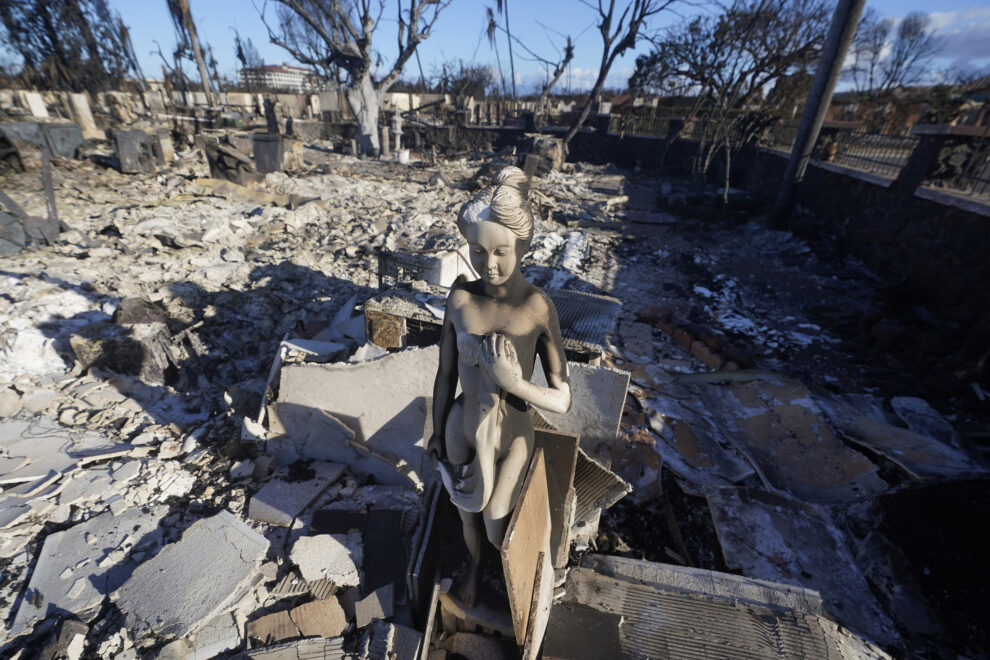With a housing crisis that has priced out many Native Hawaiians living there for decades, concerns are rising that the state could become the latest example of “climate gentrification,” when it becomes harder for local people to afford housing in safer areas amid an ongoing fire disaster, reported The Associated Press (AP) on Friday.
Maui County, where the wildfire concentrated, is one of the “scariest opportunities for gentrification” because of “the very high land values and the intense level of trauma and the people who are unscrupulous who will come in to try to take advantage of that,” said Jennifer Gray Thompson, CEO of After the Fire USA, a wildfire recovery and resiliency organization in U.S. West.
Only in Lahaina, a census-designated place in Maui, more than 3,000 buildings were damaged by fire, smoke or both. Insured property losses alone already total some 3.2 billion U.S. dollars, according to Karen Clark & Company, a prominent disaster and risk modeling firm.
Thompson predicted potential developers and investors will research who has mortgages and said Maui residents should expect cold calls. “You won’t be able to go to a grocery store without a flyer attached to your car,” she was quoted as saying. The death toll of the wildfire reached 111 on Thursday.
However, Hawaii Governor Josh Green said on Wednesday his state attorney general would draft a moratorium on the sale of damaged properties in Lahaina, to protect local landowners from being “victimized” by opportunistic buyers as Maui rebuilds. Thompson supported the policy, but said some people won’t be able to afford to rebuild and will want to sell their land.
Hawaii is the most expensive state to rent or own a home in the United States with a median price single family home on Maui exceeding 1 million dollars, according to the report.










